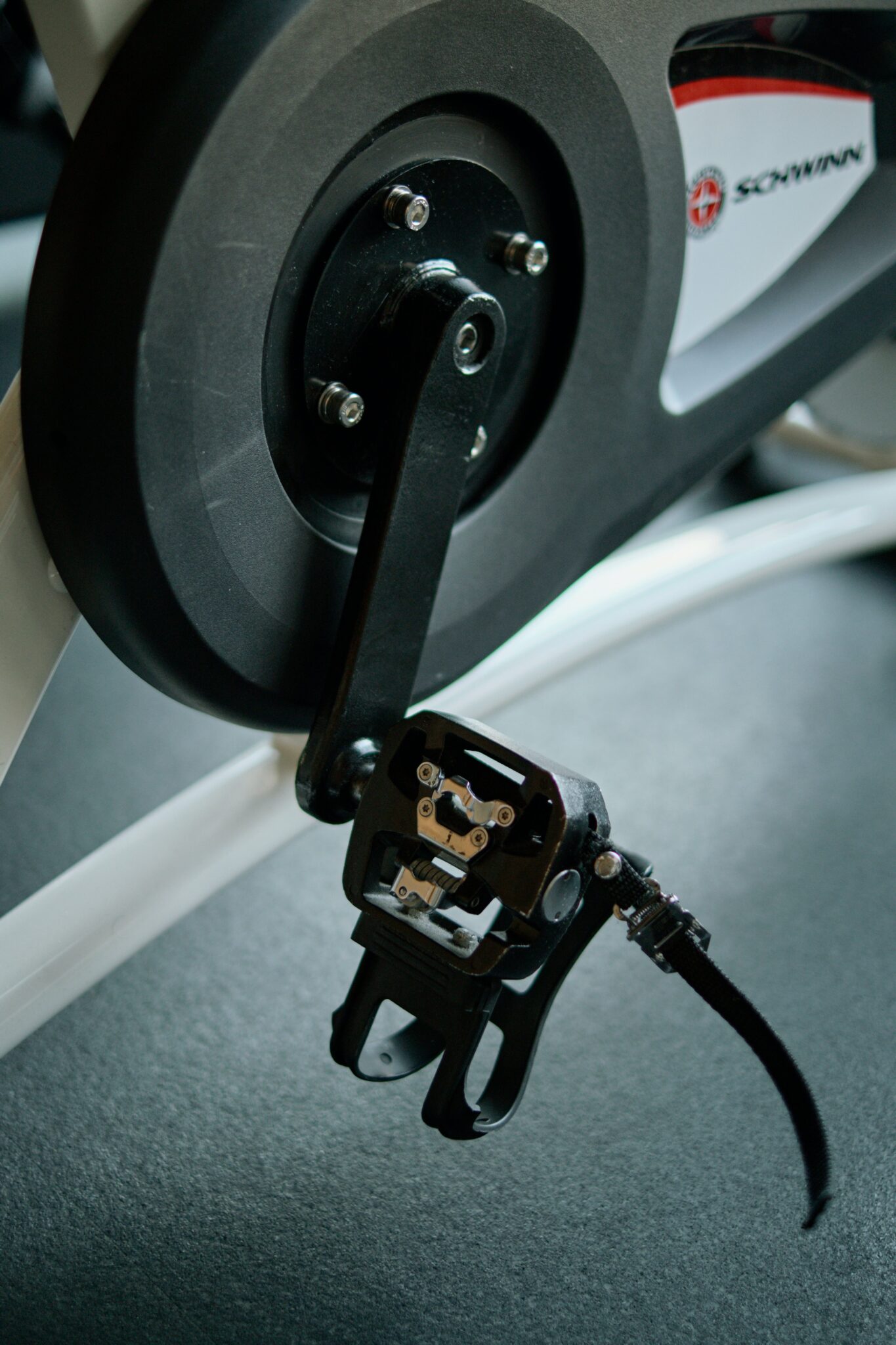Exercises for after you’ve had your baby; getting started in the fourth trimester
You want to get back to exercise after having your baby but you’re not sure what to do. We’ve got...
Published on: 09/04/2024 | Last updated on: 01/08/2024

As women navigate menopause and the changes that it brings, you may turn to running as your preferred form of exercise. With nearly half of female recreational runners being menopausal age, it is clear why running, with its straightforward nature, anywhere-anytime approach, and effective calorie-burning capability, stands out as a popular choice. But is running the best option during menopause?
Of course, it has its benefits. However, it shouldn’t be the only form of exercise in your routine. In this article, we’ll explore the benefits of running during menopause, give you tips on how to run effectively during this life stage and suggest activities to complement your running routine. Ensuring you have a well-rounded approach to fitness during menopause.
Exercise is a key player when navigating menopause. Think of it as your secret weapon for easing menopause symptoms and safeguarding your future health and happiness.
You might be thinking: “Exercise? I’m already worn out and not feeling great with menopause as it is!”. It might seem like another chore to pile on your already full plate.
But here’s the thing. Finding the right kind of exercise can truly transform your menopause experience. If running is it, that’s great!
Regular physical activity that you actually enjoy can be a HUGE help.
Regular exercise like running will works with your changing metabolism, ease those tough menopause symptoms, and support graceful aging. It is crucial for maintaining heart health, keeping your bones strong, and lowering the risk of osteoporosis…a must-consider for your well-being post-menopause.

Other than your training plan or running schedule, here are three things that will help you to run better during menopause:
Your running kit
We’re specifically referencing your workout clothes. Your training top, shorts, running jacket, windbreaker etc…the lot!
Pay more attention to your workout kit, and don’t let labels put you off. You have to have a kit that fits you properly – and don’t be distracted by the sizing!
Women’s sizing is about as consistent as British weather, so if your normal size feels strange and the next size up or two fits better, get that one!
The number or letter on the label doesn’t matter. What matters is that you are comfortable during your run and your kit doesn’t hinder that.
Manage your body temperature with your clothing choice
Ever had a hot flush whilst running? …not a fun experience!
Staying cool and wearing clothing that will help you to avoid overheating when running (including when those hot flushes attack), is a game changer. You’ll feel better, less sticky, less frantic, and run better.
Opt for clothing that has mesh panels which will allow hot hair to pass through and escape, or clothing that has been designed with areas that are strategically uncovered.
Moisture-wicking cotton is a good idea for shorter runs and DriFit technology is a good option for the longer runs.
Get the right sports bra
This is, quite frankly, a game changer.
Consider the underband, straps, cups, support, compression and comfort
The right sports bra that suits you and your boobs will pay dividends with your running and your well-being whilst doing so!
Listen to your body, regardless of what your training plan says
We don’t need to tell you, you know this already; menopause is a rollercoaster.
Every single day is different, but it is important to not allow yourself to be dictated by your training schedule rather than by how you feel. Yes, there are times when you need to push through, but nothing good ever comes from a hard run on a day when you feel low on energy and slept terribly the night before.
Perhaps you used to be an early morning runner, and now you wake up exhausted at that time. That’s okay! Switch your runs to the evening.
Your body will give you signs, you need to listen to them.
Running alone isn’t going to give you the menopause management that you want, or deserve.
You need to add some kind of resistance training.
As estrogen declines during and after menopause, so does your muscle mass, muscular strength and bone density.
Actually, they decline quicker than ever before.
It is thought that without including any resistance training in your weekly routine, you lose 8% of your muscle mass and strength every few years.
The sooner you make the adjustment the better!
Whilst running is a very good form of exercise and has many benefits, to have the best menopause experience, do resistance training alongside it.
In fact, there are MANY reasons why you should add resistance training alongside other types of cardiovascular training, but we’ll save that for another time.

Running is a wonderful form of exercise, and can provide many benefits during the perimenopause and menopause stage; as well as general health benefits too. As we have established, running on it’s own is like putting one shoe on and forgetting the other when heading out. Running will do a great job, but it is missing something vital…the other shoe! AKA resistance training


Where we get some of our information from
For more information please explore the links below.


You want to get back to exercise after having your baby but you’re not sure what to do. We’ve got...


Welcome to your guide on the follicular phase of your menstrual cycle, the unsung hero of your menstrual cycle. This...


Spinning was THE exercise in the 90’s and early 00’s! It is safe to say that spinning has continued to...
You must be logged in to post a comment.